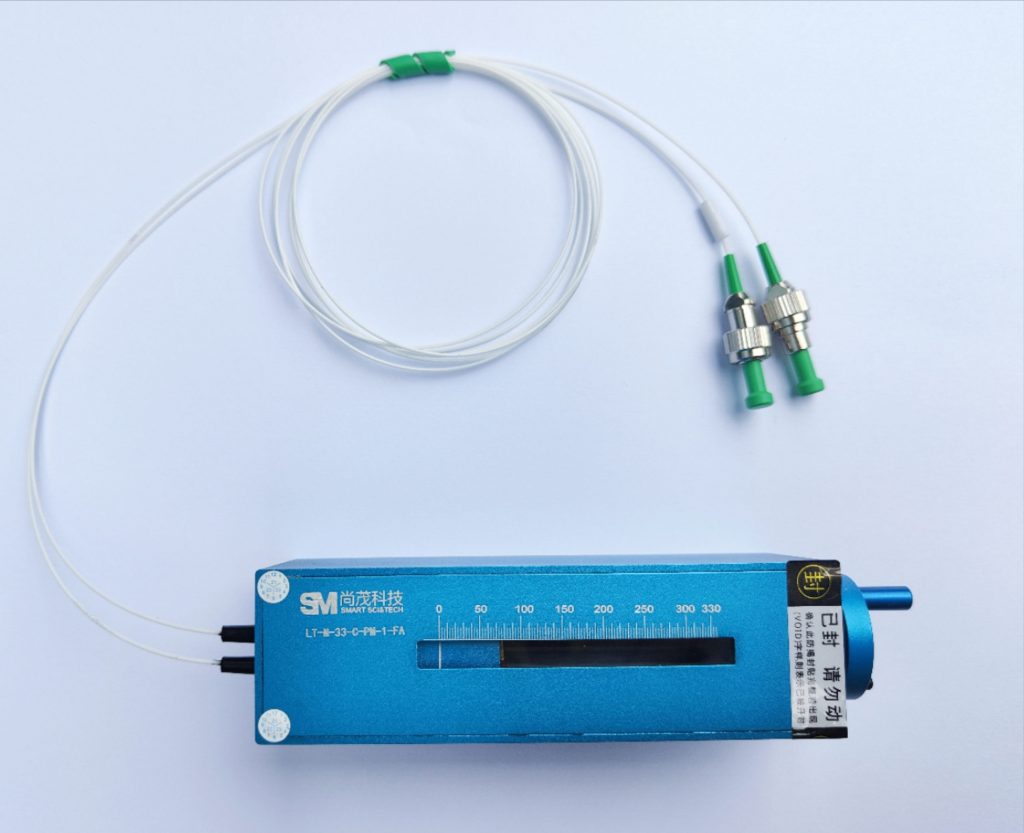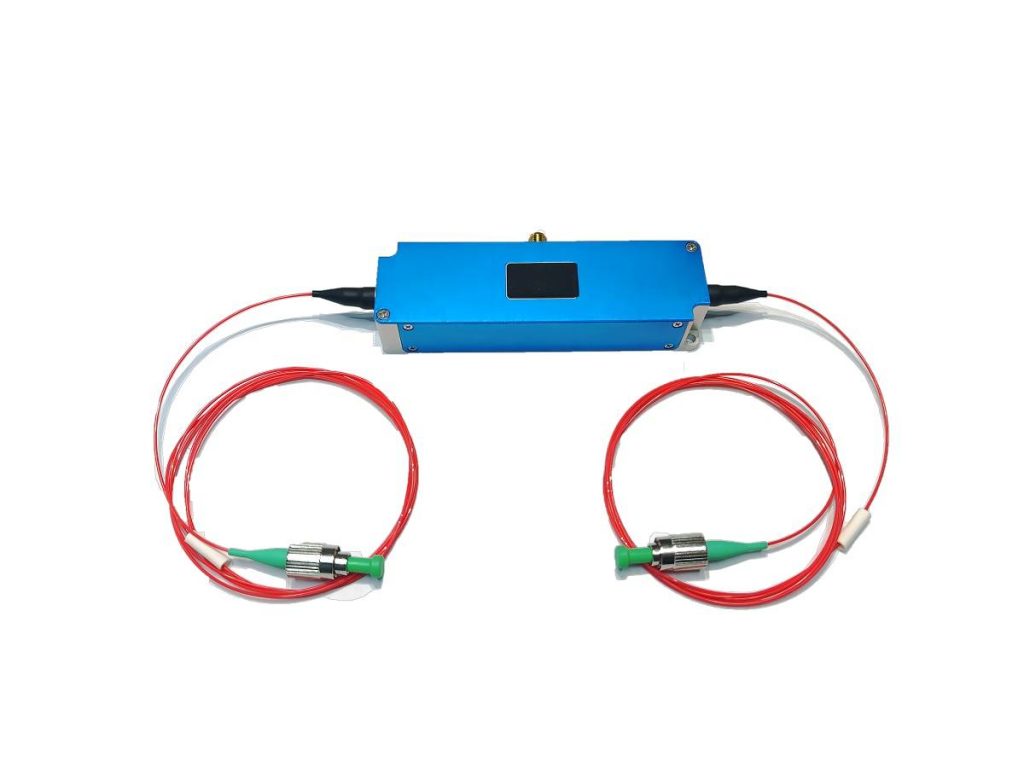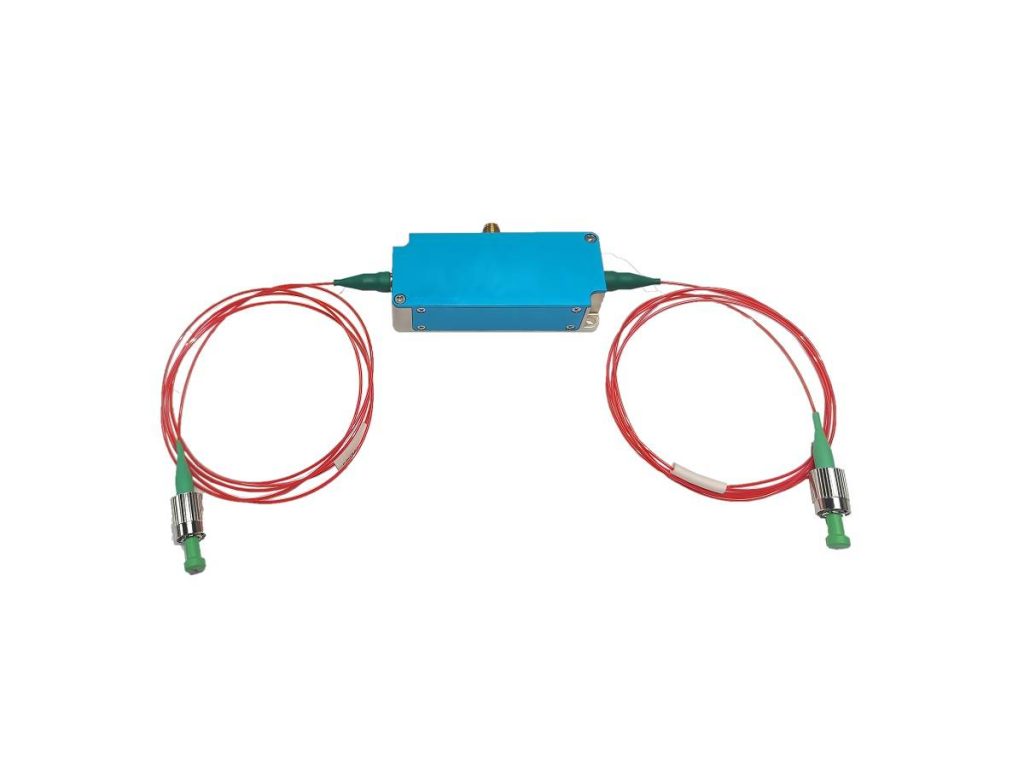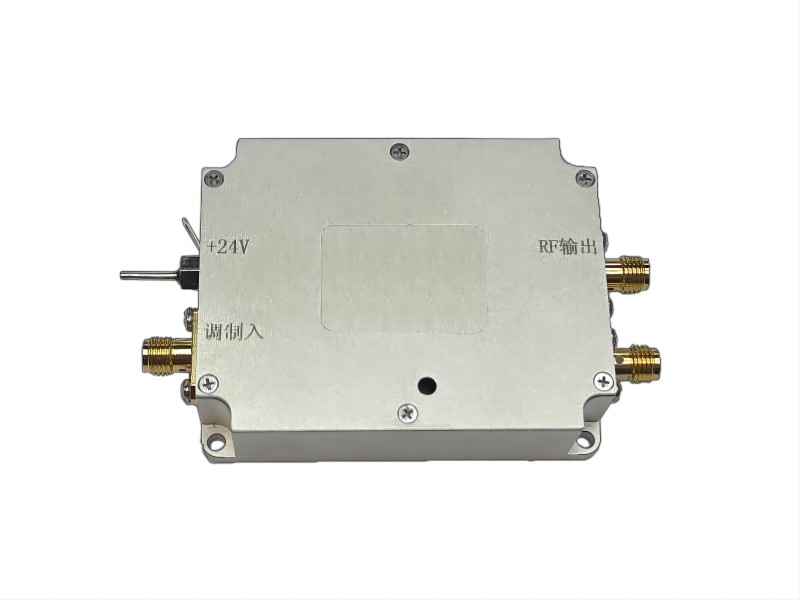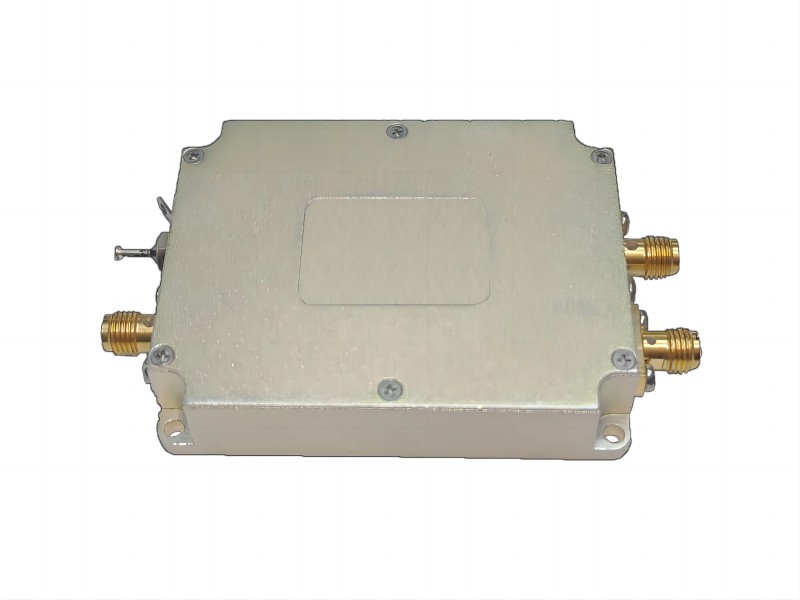Fiber Optic Delay Lines and Why Smart’s Shine Brightest
Information travels at breakneck speeds, so precise timing is essential. This is especially true in the field of optics, where light signals carry data that powers our communication networks, medical imaging equipment, and a variety of other technologies. However, unlike its blazing-fast journey through a vacuum, light travels at a fascinatingly slow speed through a fiber optic cable. This seemingly minor detail serves as the foundation for a powerful tool: the fiber optic delay line (FODL). This article delves into the science of light propagation in fiber optic cables, examines the benefits of fiber optic delay lines over their electronic counterparts, and explains why Smart’s fiber optic delay lines are the shining stars in the field.
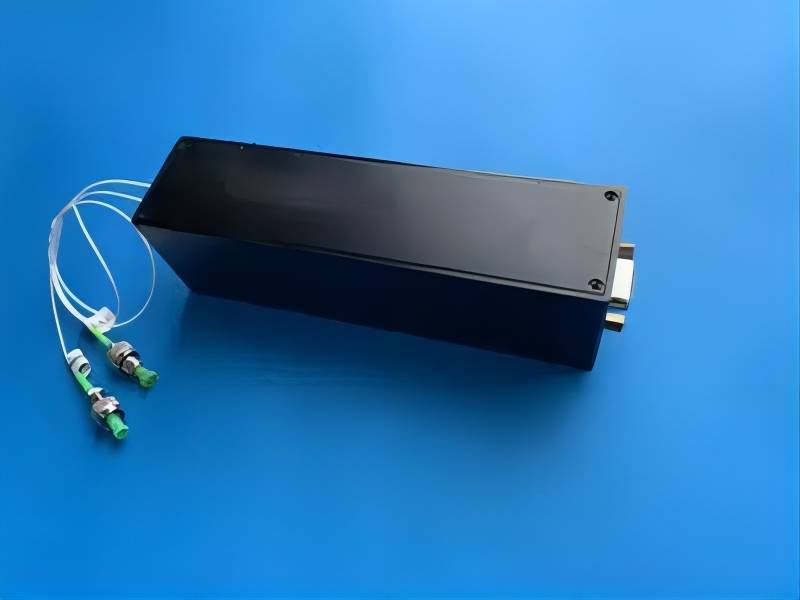
Understanding Light Propagation in Fiber Optic Cables
Light slows down in fiber optic cables as it interacts with the core material. This slowdown, from nearly the speed of light in a vacuum to around 70%, is critical to how fiber optic delay lines function. These lines use additional fiber length to create controlled delays for light signals, which is a useful tool in a variety of applications.
Factors Affecting Light Propagation Speed
- Core Material: The fiber core’s material composition is an important consideration. Because of their different densities and interactions with light, glass and plastic cores propagate light at different speeds.
- Refractive Index: This is a crucial property that affects how light bends as it passes through a material. The core has a slightly higher refractive index than the cladding. This distinction is what allows for total internal reflection and keeps light contained within the core. However, it also contributes to the slowing of light in the fibre.
- Wavelength of Light: Different wavelengths of light (colors) propagate at slightly different speeds within the same fiber. This phenomenon is referred to as chromatic dispersion and may be relevant in some applications.
Understanding these factors allows us to appreciate how changing the fiber’s core material, refractive index profile, and operating wavelength can affect light propagation speed and potentially be used for specific purposes in advanced FODL designs (covered later in this section).
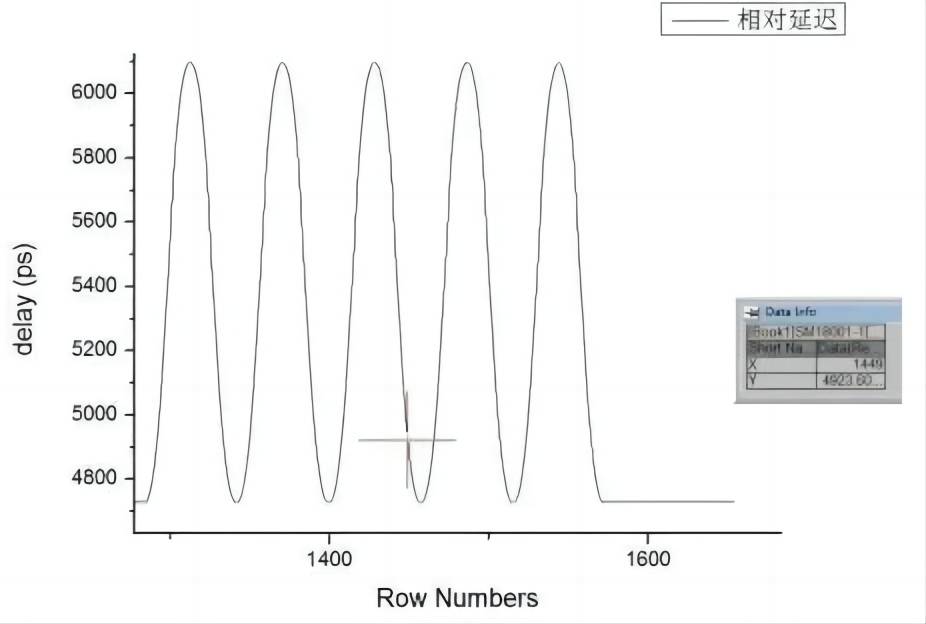
Advantages of Fiber Optic Delay Lines over Electronic Delay Lines
Fiber optic delay lines have significant advantages over traditional electronic delay lines, making them the preferred choice for many applications that require high-fidelity and high-precision timing of optical signals. Here’s a closer look at the main benefits:
1. Lower Signal Distortion
- Electronic Challenges: Electronic delay lines use electrical components to introduce delays. These components can cause unwanted signal distortion, such as noise, jitter, and attenuation, which can reduce signal quality. This is especially problematic for high-bandwidth signals found in modern communication systems.
- FODL Advantage: Fiber optic delay lines, on the other hand, operate only in the optical domain. Light signals pass through the fiber with minimal interaction, resulting in significantly lower signal distortion. This translates to cleaner, more reliable signals at the output, which is critical for applications requiring precise signal processing and analysis.
2. Wider Bandwidth Operation
- Electronic Limitations: Electronic delay lines frequently have limitations in the bandwidth of signals they can handle. As signal bandwidths increase, electronic components struggle to maintain signal integrity due to inherent limitations in their operating speeds.
- fiber optic delay lines Thrive in High Bandwidth: Electronic components do not limit the length of fiber optic delay lines. Light has an extremely high bandwidth, which enables fiber optic delay lines to handle even the most demanding high-bandwidth signals with minimal degradation. This makes them ideal for applications requiring high-speed data transmission and advanced optical communication systems.
3. Immunity to Electromagnetic Interference
- Electronic Vulnerability: Electronic delay lines are vulnerable to electromagnetic interference (EMI) from external sources. EMI can interfere with electrical signals in the delay line, introducing errors and noise into the output signal. This can be a major concern in environments with high electrical fields or radio waves.
- FODL’s Strength: Fiber optic delay lines are immune to EMI because they use light signals that are unaffected by electromagnetic fields. This makes them ideal for use in sensitive applications where EMI may jeopardize signal integrity. For example, fiber optic delay lines are critical components in medical imaging equipment and high-precision scientific instruments.
Fiber optic delay lines outperform electronic delay lines by reducing signal distortion, handling high-bandwidth signals with ease, and remaining EMI-free. These advantages make them the obvious choice for applications that require high fidelity, precise timing, and reliable operation in a variety of environments.
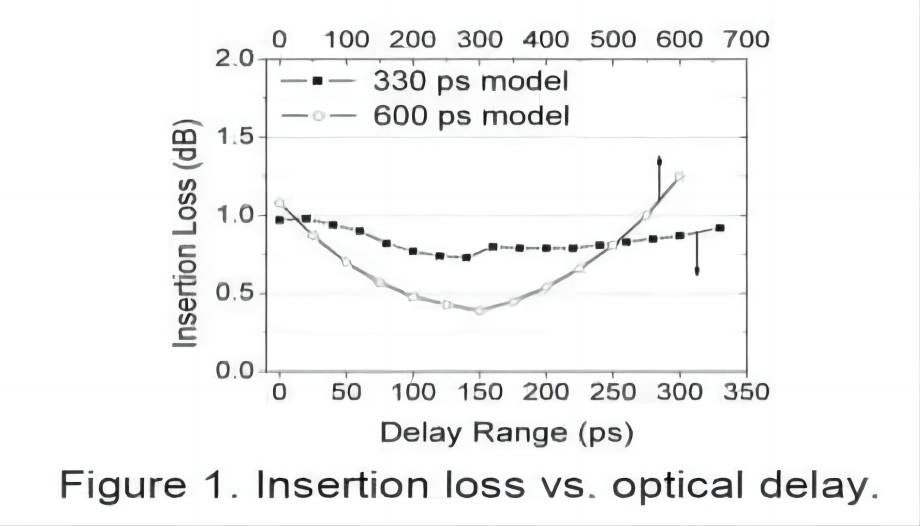
Why Choose Smart’s Optical Delay Lines?
Performance and Quality
Smart is committed to exceptional delay accuracy and the ability of its fiber optic delay lines to reduce signal distortion through superior design and material selection, resulting in clear and reliable signal transmission. Handling high-bandwidth signals effectively qualifies them for demanding applications. Smart’s fiber optic delay lines deliver long-lasting performance thanks to their robust construction and rigorous quality control measures.
Technology and Innovation
Smart is always devoted to innovation. Electric Optical Fiber Delay Line & Manual Adjustable Fiber Delay Line are two types that could be provided by Smart. they have different characteristics and be used in different kinds of applications.
Customer Support and Service
Smart’s team of technical experts can assist with product selection, application consultation, and troubleshooting. We are devoted to providing prompt and reliable customer support to ensure a smooth user experience and offer a competitive warranty or guarantees on our fiber optic delay lines as a testament to their product quality and confidence. At the same time, we continue to provide lots of guides for our products. I guess you might also be interested in another article by us called: Optical Delay Lines: Applications, Selection, and Resources.
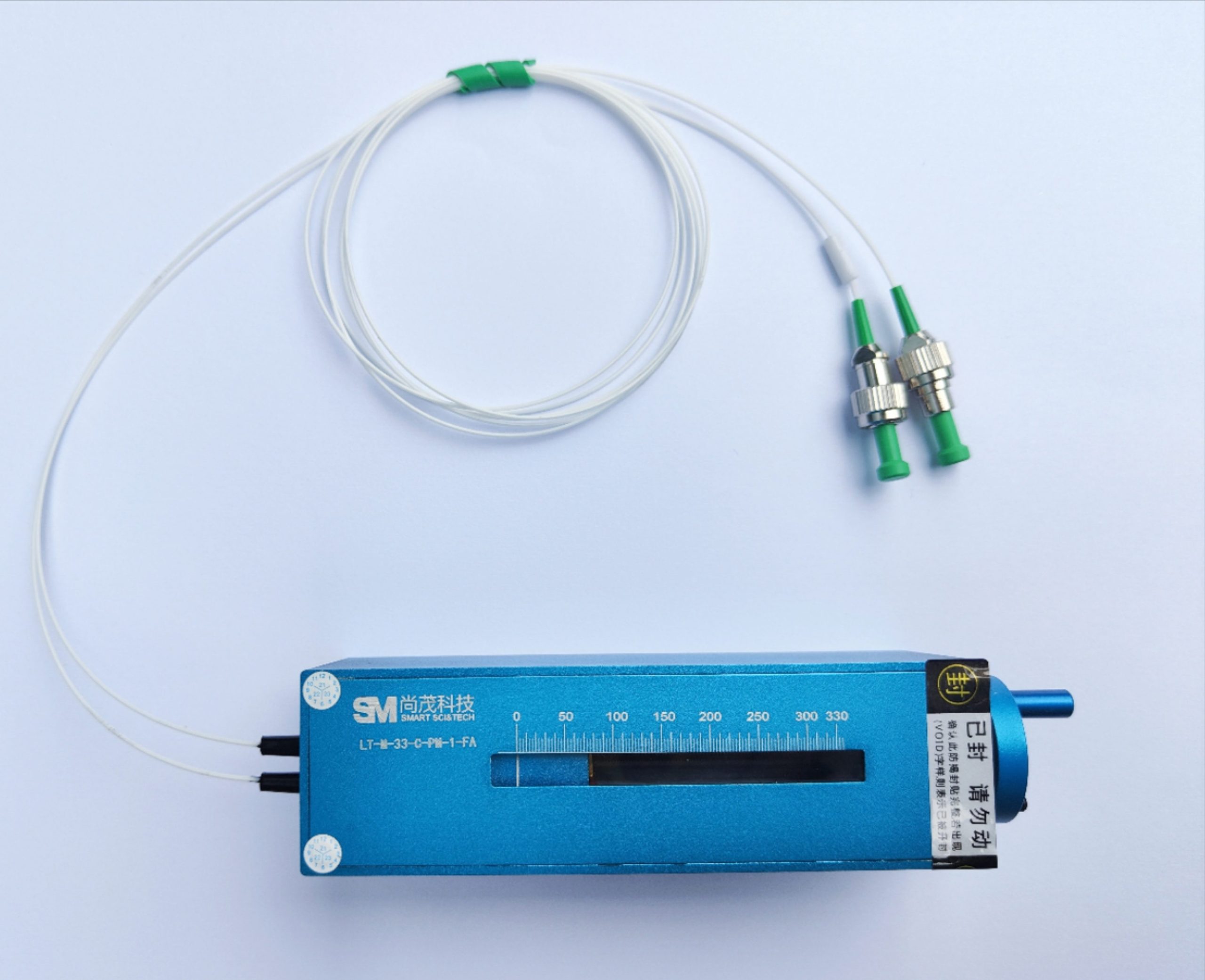
Conclusion
Understanding how light interacts with fiber optic cables, as well as the distinct advantages that fiber optic delay lines offer, allows us to appreciate their role in ensuring precise timing in a wide range of applications. We examined the benefits of fiber optic delay lines, such as their ability to reduce signal distortion, handle high-bandwidth signals, and withstand electromagnetic interference. Furthermore, Smart’s commitment to exceptional performance, innovative designs, and comprehensive customer support make their fiber optic delay lines the best choice for those seeking the highest level of precision and dependability. So, the next time you need precise timing in your optical system, remember that Smart’s fiber optic delay lines are the perfect partner to guide your light signals with unparalleled accuracy and brilliance.

